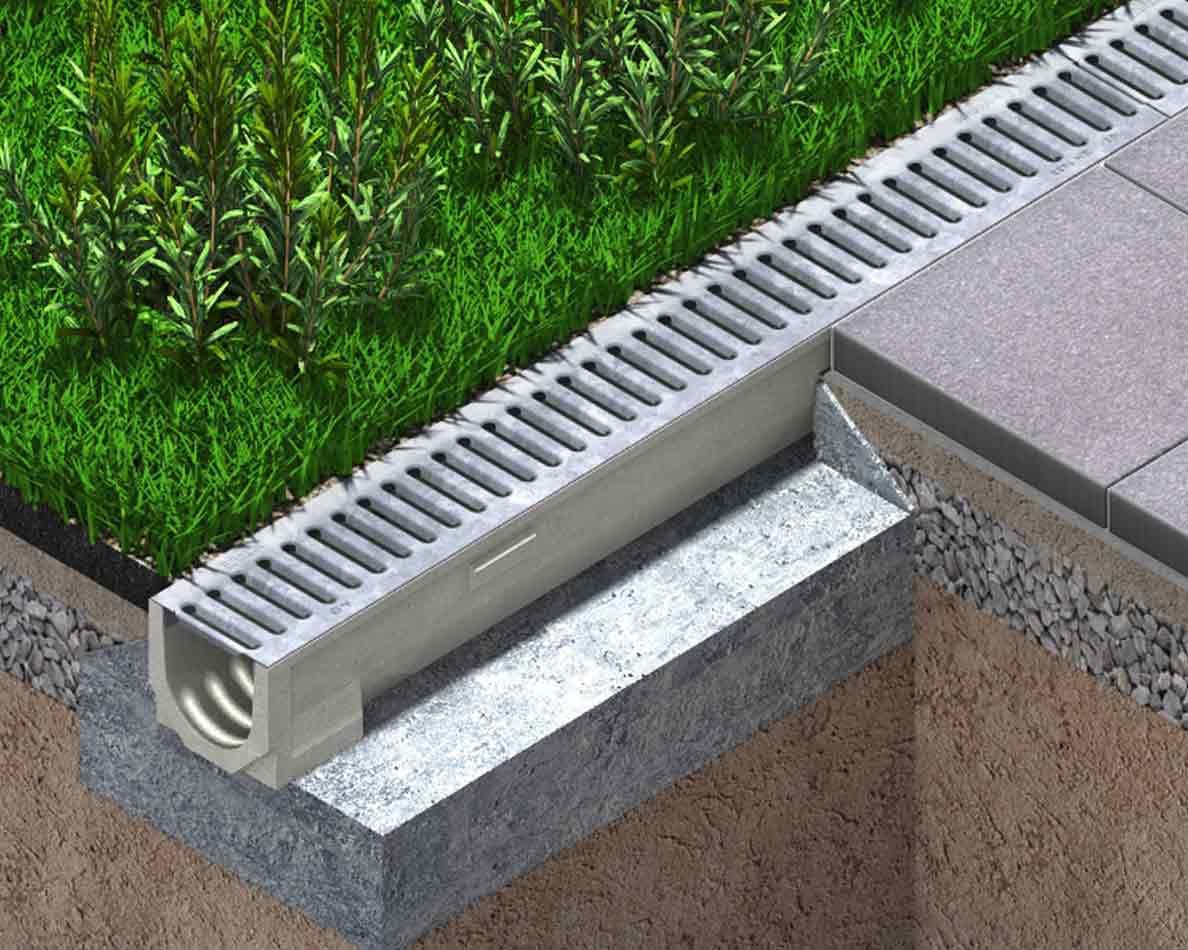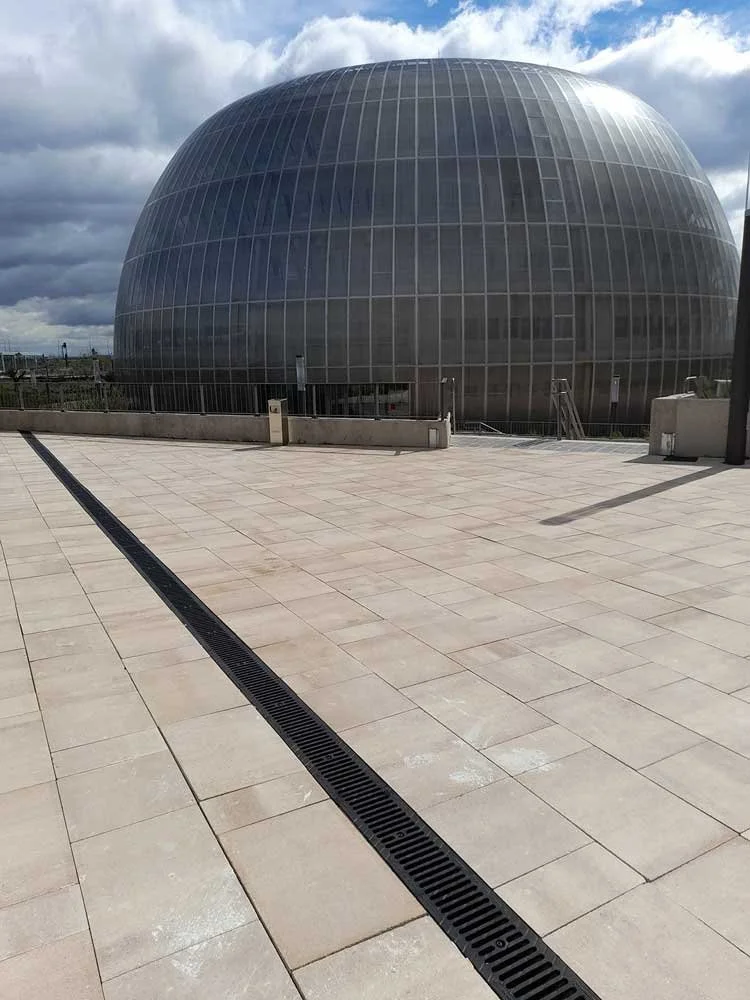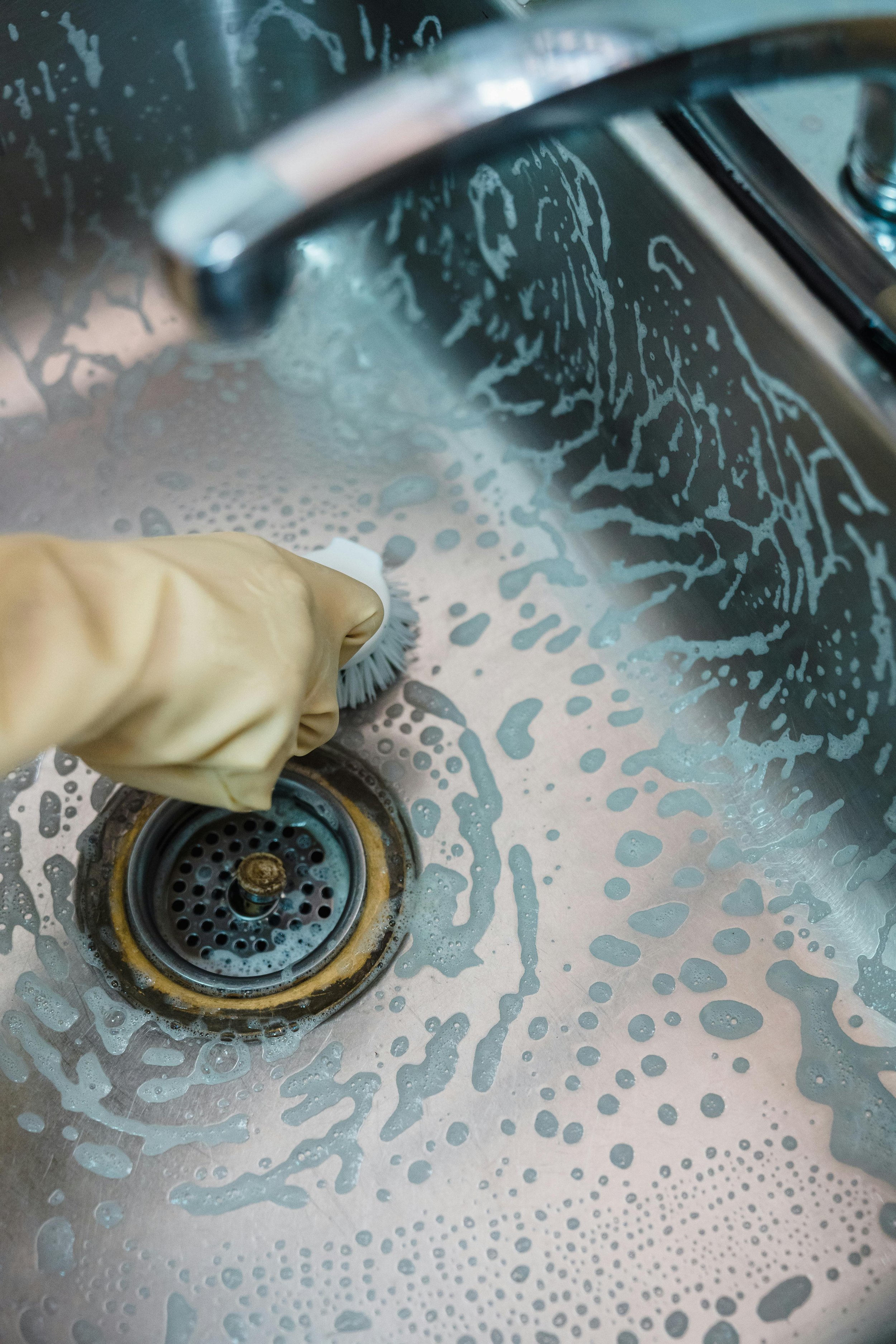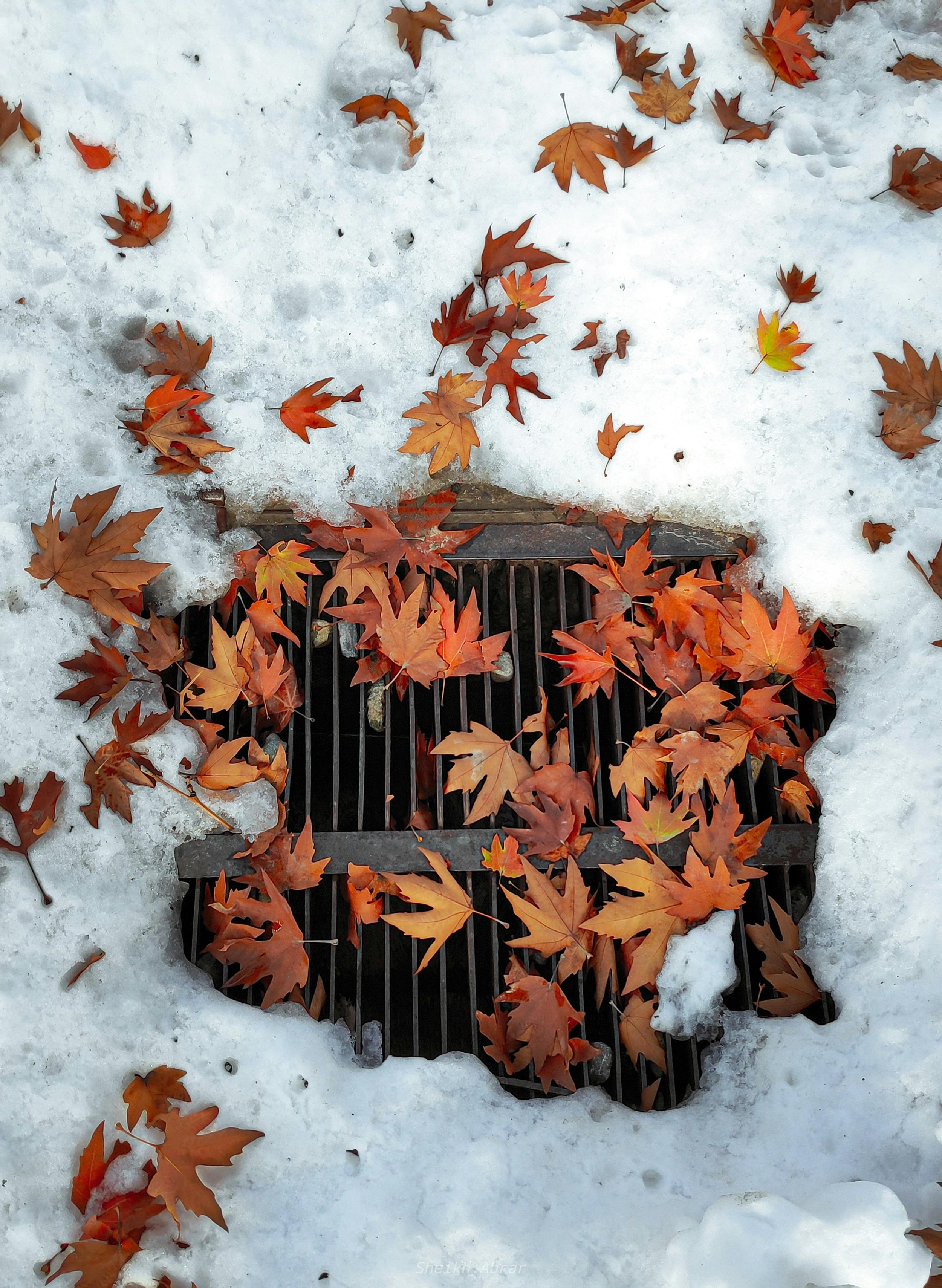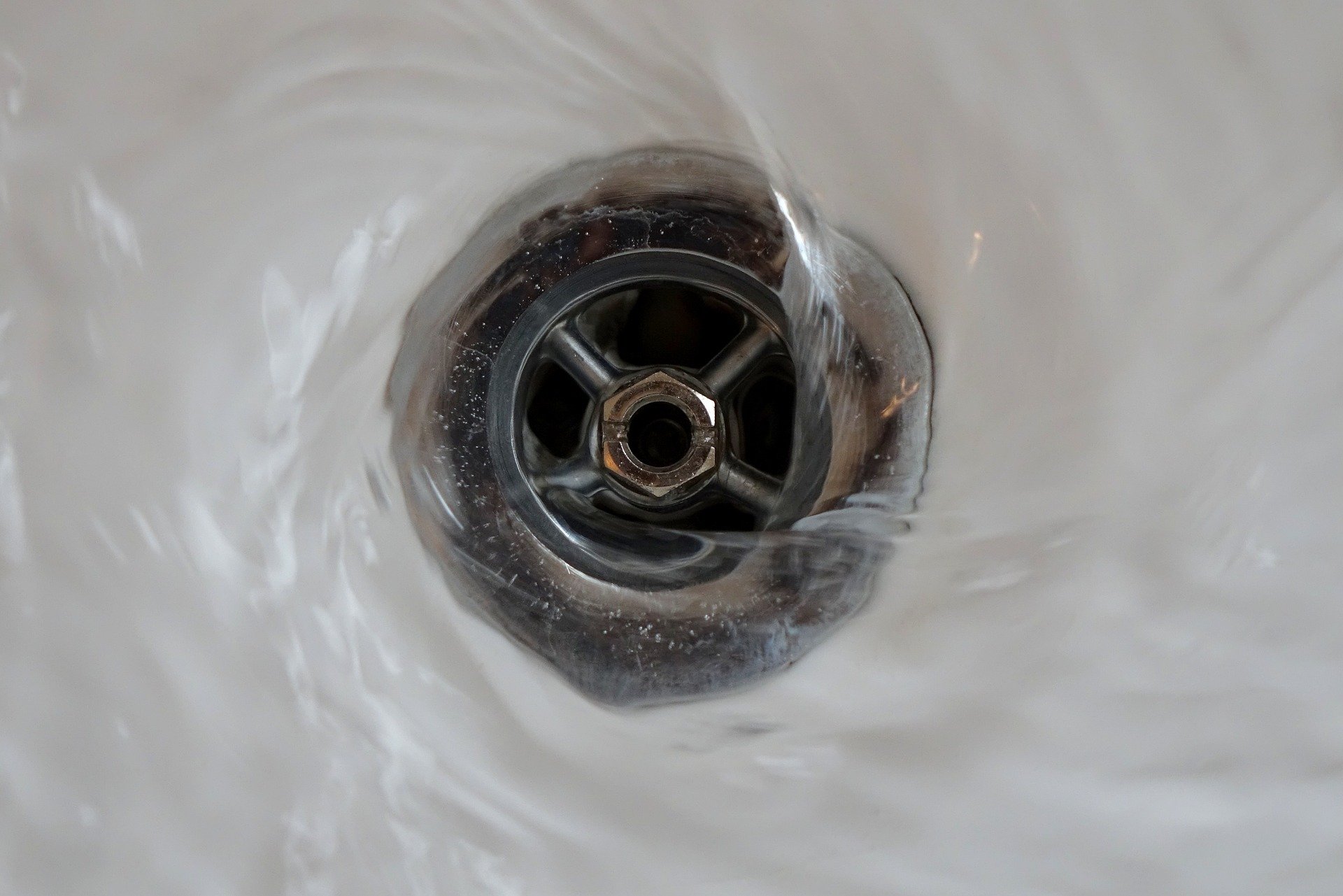Material Comparison: Selecting Optimal Drainage Channels for Long-Term Use in UK
Discover the best materials for durable drainage channels in UK. Compare options to find long-lasting solutions that suit your needs and climate conditions.
In the realm of drainage systems, choosing the right materials is crucial for ensuring long-term reliability and efficiency. Given the diverse climatic conditions found across the UK, the selection process becomes even more critical. From heavy rainfall in the west to occasional freezing conditions in the north, each region presents unique challenges that drainage systems must withstand. In this article, we explore the various materials commonly used for drainage channels, focusing on their performance, durability, and suitability for the UK's environment.
Introduction
Understanding the significance of choosing appropriate drainage materials is fundamental for any long-term infrastructure planning. Drainage systems play a vital role in managing water flow and preventing flooding, and the materials used must be resilient enough to handle the demands imposed by natural conditions. In the UK, frequent rain, coupled with potential frost and varying temperatures, demands materials that can adapt to these challenges.
Types of Materials for Drainage Channels
Polymer Concrete
Polymer concrete is renowned for its durability and versatility. Composed of a blend of resin and aggregates, it boasts superior chemical resistance and can withstand high loads. The material is particularly favored for its adaptability to various environmental conditions, including those in the UK. Polymer concrete's non-porous nature prevents absorption of water, reducing the risk of freeze-thaw damage during cold spells and enhancing longevity even in highly humid regions. It's often compared to the ULMA drainage channel for its performance in drainage applications.
Stainless Steel
Stainless steel offers significant advantages for drainage systems, particularly in urban and coastal areas. Known for its exceptional corrosion resistance, it is well-suited to regions exposed to high levels of moisture, pollutants, or saline conditions. In the UK's wet climate, stainless steel maintains its integrity through rain, snow, and variable temperatures. Additionally, its sleek appearance and anti-stain qualities make it an attractive choice for aesthetic considerations in public spaces or high-visibility commercial projects.
Other Commonly Used Materials
Besides polymer concrete and stainless steel, other materials like cast iron and PVC are frequently utilized in drainage systems. Cast iron provides high strength and durability but can be prone to rust without proper coatings. PVC, on the other hand, is lightweight and offers easy installation, though it may not withstand heavy loads or high foot traffic as effectively as other materials.
Evaluating Long-Term Performance and Durability
Climate and Environmental Considerations
How do these materials withstand Spain's climate extremes?
The UK's frequent rainfall and freeze-thaw cycles pose significant challenges to drainage materials. Polymer concrete excels in resisting environmental wear due to its robust composition and ability to handle temperature fluctuations. Stainless steel’s corrosion resistance ensures longevity, particularly in coastal or industrial areas where salt and moisture interplay. Cast iron and PVC may require additional protection or reinforcement to sustain performance under such conditions.
Cost-Effectiveness Over Time
Which materials offer the best value over the years?
Polymer concrete and stainless steel stand out for their minimal maintenance requirements. Cast iron often requires regular treatments to prevent rust, and PVC may need monitoring for potential deformations under load. Installation considerations vary too, with polymer concrete requiring special handling due to its weight but offering design flexibility. Stainless steel, while easier to install, demands precise handling to avoid damage
Maintenance and Installation Factors
Polymer concrete and stainless steel stand out for their minimal maintenance requirements. Cast iron often requires regular treatments to prevent rust, and PVC may need monitoring for potential deformations under load. Installation considerations vary too, with polymer concrete requiring special handling due to its weight but offering design flexibility. Stainless steel, while easier to install, demands precise handling to avoid damage
Environmental Impact and Sustainability
Assessing the Environmental Footprint
Which options are the most sustainable?
In terms of sustainability, polymer concrete and stainless steel emerge as environmentally friendly options. Polymer concrete components are often derived from recycled materials, and its longevity reduces the need for replacements. Stainless steel is also highly recyclable. Cast iron, while recyclable, demands more energy during production. PVC, being plastic-based, raises ecological concerns regarding disposal and potential microplastic release.
Recommendations for Optimal Material Selection
Based on the UK's climatic conditions and environmental challenges, polymer concrete and stainless steel are the most recommended materials for drainage systems. Polymer concrete is ideal for areas requiring robust structural capabilities and resistance to frost and rain, while stainless steel’s corrosion resistance makes it perfect for coastal or highly urbanized environments.
When budget constraints arise, cast iron or PVC can be considered for controlled settings, with careful planning to address their limitations.
Visual References
To complement this analysis, we recommend adding images of drainage channels, such as those available on the ULMA Architectural website, to provide visual examples of the materials and their applications. This will enhance the article's appeal and offer readers a clearer understanding of the products being discussed.
Stay up to date with our latest ideas!z
Exclusive deals just for our readers! Click below to unlock special offers and elevate your shopping experience!
